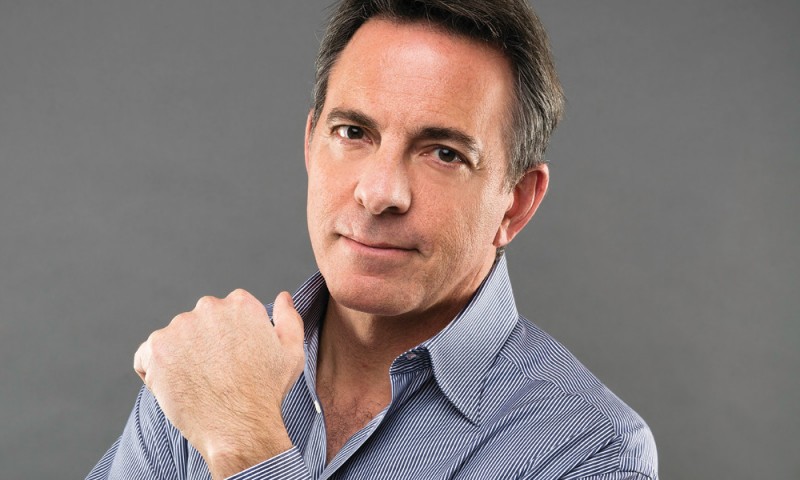A Fresh Look at Your Sense of Purpose
What’s your reason for being?
Not you personally, though that’s not a bad question to ask every so often. I’m thinking more of the organization you lead. How often do you and your board discuss what the purpose of your association is?
Probably not often enough, association executive David M. Patt, CAE, suggests in a recent blog post. Though most associations have a mission statement, he writes, such statements are vague and may bear little resemblance to the image that stakeholders carry in their heads. “Board members, you may find, often have different notions of the organization’s purpose, and they think, speak, act, and vote in accordance with those notions, usually assuming their colleagues think similarly,” he writes.
“Nonprofits do this all the time: They twist in the wind, chasing money rather than adhering to their guiding mission.”
That’s a problem. Though I’ll argue in a moment that it’s also not.
First, the problem. Certainly, disagreement about the focus of your organization can be a divisive thing. It complicates what you’re focusing your energies and resources on. And when you lack focus, you wind up doing a lot of things you don’t need to do and probably shouldn’t do. That happens often enough that there’s a term for it: mission creep. It occurs for a lot of reasons, but one likely reason it happens is because somebody sees an activity happening over the hedge and thinks it ought to be tried out closer to home. They have a big advertising campaign—why don’t we? They have an office in Australia—why not us? They have a credentialing program/Kickstarter/shiny new member-generating product—etc.
That’s often to path to going somewhere your organization needn’t be. Last week, scholars Mark A. Hager and Elizabeth A.M. Searing published an article at Nonprofit Quarterly, “10 Ways to Kill Your Nonprofit,” that highlighted some key ways organizations fail themselves. Most of those daggers, perhaps unsurprisingly, involved poor stewardship of funds. And one way to mismanage funds is allowing for mission drift. “Nonprofits do this all the time,” they write:
“They twist in the wind, chasing money rather than adhering to their guiding mission. The smart nonprofit will have one ear to the ground and focus on community needs. The nonprofit with the death wish will look only to requests for proposals and chase dollars into a competitive resource niche. If you can get your nonprofit to value resources over mission, you can put at least one foot in the grave.”
A clear vision from the board about what your mission is can help you escape that problem, especially if there’s been a change in your reason for being. The most famous example of this in nonprofitdom, arguably, is the March of Dimes. As Eugene Fram recently wrote at the Huffington Post, the organization was founded to raise funds for polio research; the arrival of the Salk vaccine prompted it to refocus its mission to one about care for infants.
But there are plenty of more recent examples of this in the association space—those that been affected by changes in technology, member needs, and new growth markets. At one ASAE Annual Meeting I recall hearing Enid Borden, the former CEO of the Meals on Wheels Association of America, has talked about how the organization shifted from one that provided meals to one that provided a host of services for seniors given the change in its demographics. (A name change for MOWAA’s charitable arm reflects that change: Where once it was the Meals on Wheels Research Foundation, it’s now the National Foundation to End Senior Hunger.)
Which gets us back to why disagreement about mission isn’t necessarily a problem. That disagreement about the purpose of the organization can be a sign of health; it suggests that the organization has the potential to find new ways to serve its members, and even to redefine what those members are. The trick, though, is manage that conversation about purpose with a healthy amount of skepticism. You’re not just asking what your purpose is—you’re asking whether that’s the right purpose for you to have.
But you don’t get the answers to those questions unless you ask them.
What do you do to get stakeholders talking about your association’s purpose? Share your experiences in the comments.





